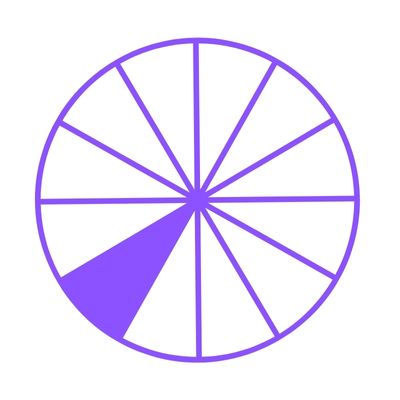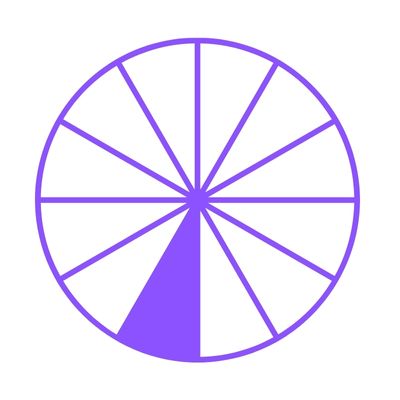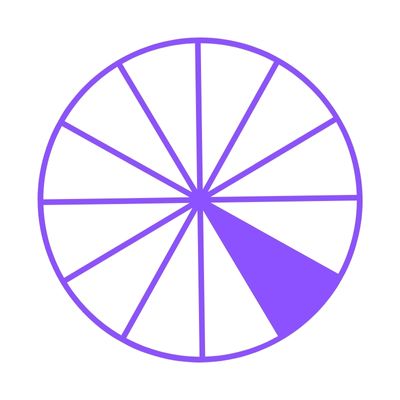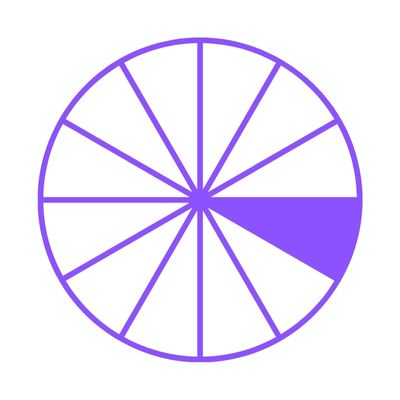The Houses in AstrologyWhat the chart houses represent in an astrological chart
We explore all 12 Astrology Houses. In this section, we explore in-depth what each house means in a birth chart, an event chart, and a relationship chart.
What are the Houses in Astrology?
The houses in astrology are twelve divisions of the sky, each representing different areas of life and human experience. These houses have been used in astrology for thousands of years, with their origins dating back to ancient Babylonian and Hellenistic astrology. Over time, different cultures and traditions have interpreted the houses in various ways, but the fundamental principles remain the same.
Each house in astrology corresponds to a specific sign of the zodiac, starting with Aries and ending with Pisces. The houses are numbered in a counterclockwise direction, beginning with the ascendant or rising sign, which is the sign that was rising on the eastern horizon at the time of a person's birth. The remaining eleven houses are then numbered in sequence around the chart, with each house representing a different area of life and experience.
The houses in astrology can be thought of as a map of the human experience, with each house representing a different facet of life. For example, the second house is associated with personal resources and finances, while the fourth house is associated with home and family. The houses can also be thought of as lenses through which we view the world, with each house coloring our perceptions and experiences in a particular way.
Understanding the houses in astrology can provide valuable insights into our lives and help us to navigate the challenges and opportunities that come our way. By examining the placement of planets and signs in each house of our birth chart, we can gain a deeper understanding of our strengths, weaknesses, and potentials. Whether you're a seasoned astrologer or just starting out, exploring the houses can be a rich and rewarding journey of self-discovery.













